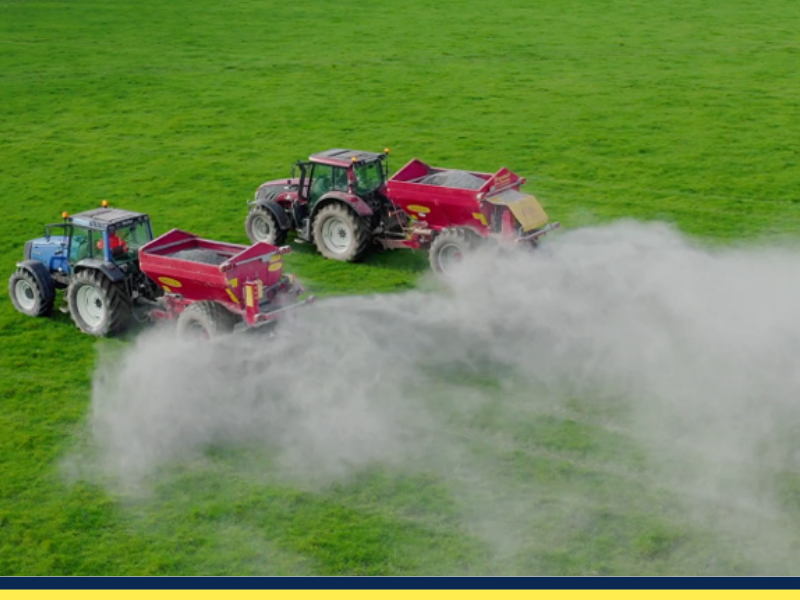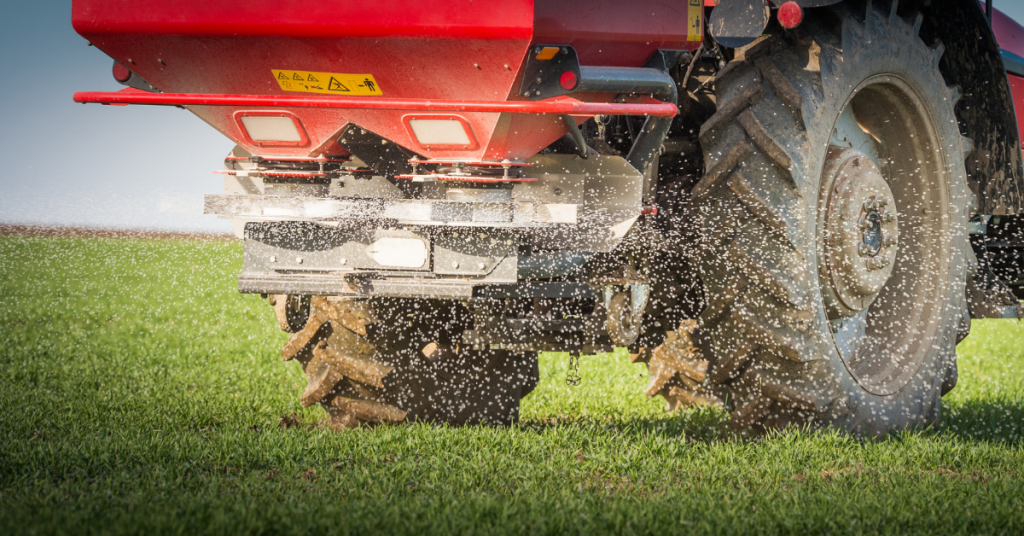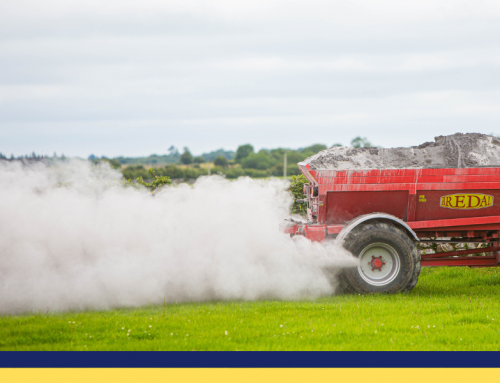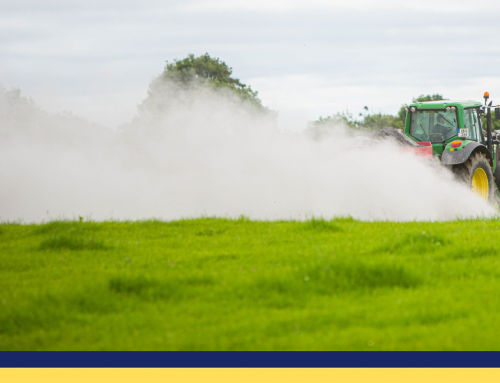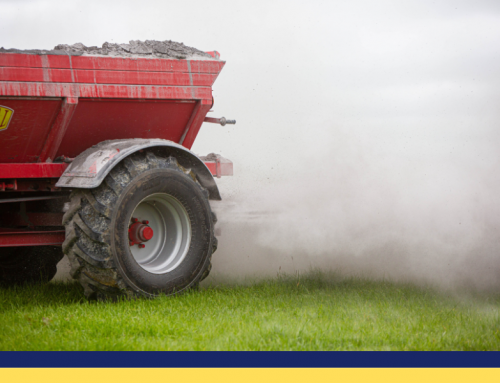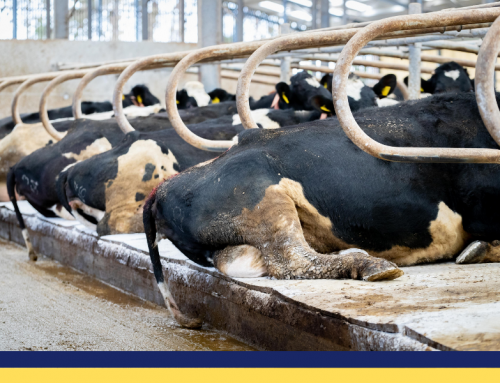When is the right time to apply lime, what type of ground limestone should I use and what is best practice when it comes to grazing, reseeding, slurry and Urea application? We’ll answer those and other lime application questions below.
The benefits of getting your soil pH right through an effective liming programme cannot be underestimated. In the long run, it will increase grass production, reduce your fertiliser bill, and more recently, a study from Teagasc has shown that it can also significantly reduce emissions of nitrous oxide (N2O), a potent greenhouse gas.
Despite lime being a win-win solution for the farmer and the environment, it is still a forgotten fertiliser for so many, with reports of 48% of Irish grassland soils below the target pH of 6.3.
For many farmers, a lack of planning is one of the biggest reasons for not spreading agri lime regularly. To help with this, we have put together a list of common questions and best practices below:
When is the recommended time to apply lime to grassland soils?
Lime can be applied at any time of the year, provided the grass cover is low enough to avoid excess lime sticking to the herbage. It is recommended to apply lime to paddocks when they are grazed out and when rain is forecast. Once the lime has been washed off the leaf by the rain, livestock can be allowed back in to graze the paddocks.
When should you apply lime to silage ground?
It is recommended to apply lime immediately after silage harvesting, when the cover is low. This will help avoid lime uptake, which can increase the pH in the silage pit and affect silage preservation. It is important to note that slurry and urea should be applied one week before applying lime on silage ground.
 Apply lime immediately after silage harvesting, when the cover is low.
Apply lime immediately after silage harvesting, when the cover is low.
How do I incorporate lime application into my reseeding plan?
Apply lime as recommended on the soil test report one year prior to reseeding. This will give the lime a sufficient amount of time to incorporate into the soil. If this is not achievable, lime can be applied before reseeding after the old grass sward has been removed.
What type of lime should I use – Calcium or Magnesium?
Both Calcium Lime and Magnesium Lime are excellent at correcting soil acidity. Calcium ground limestone is the most common and is readily available in most parts of the country. Particularly in the South East, soils are predominately high in Magnesium and deficient in Calcium. Applying Calcium in the form of Calcium Carbonate will raise the level of Calcium in the soil, which in turn will help condition the soil, improve soil structure and drainage, and allow for better root development and nutrient uptake. For more information, view our Hi-Calcium Agri Lime.
Magnesium lime may be beneficial on soil with high Mo levels as it has a slightly slower speed of reactivity compared to calcium lime.
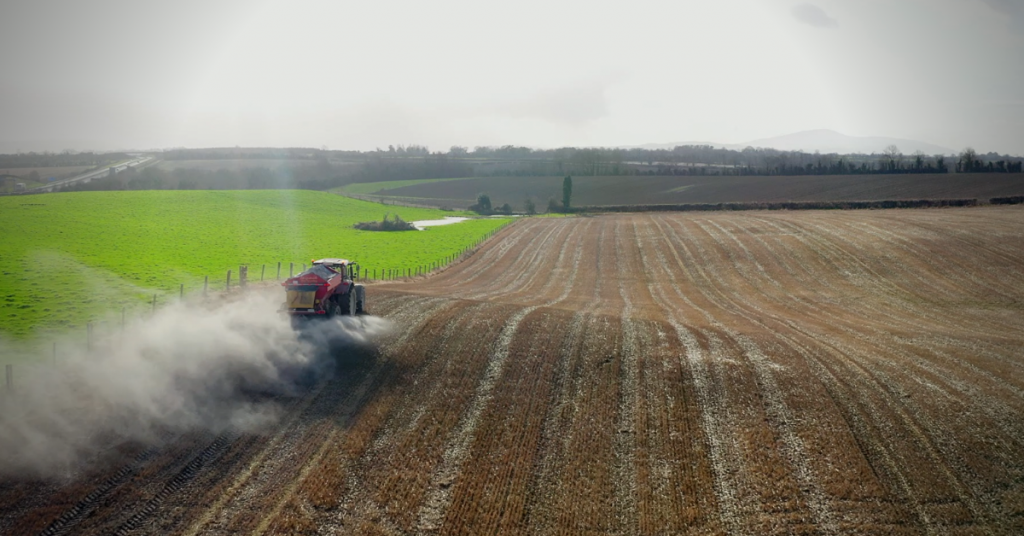 Applying calcium agri lime will allow for root development and nutrient uptake
Applying calcium agri lime will allow for root development and nutrient uptake
At what rate should ground limestone be applied?
The typical lime requirements are 2.5 – 5 tonnes/ha every 3 – 5 years. The maximum amount of lime to be applied in a single application is 7.5 tonnes/ha. Where more is required, it is recommended to wait for a period of two years before applying the balance.
What length of time should be between spreading CAN/Urea and agri lime?
CAN: You do not need to leave a gap between CAN or N-P-K compounds as lime will not affect N losses from ammonium-nitrate forms.
Protected Urea: There is also no need to leave a gap between lime and protected urea as the protection on the urea reduces N losses as ammonia gas.
Urea: If spreading urea before lime, leave 10 days between applications. If spreading lime first, avoid applying urea for 3 months.
There is also no need to leave a gap between your lime application and protected urea
What length of time should be left between slurry and lime application?
If slurry is applied first, allow it to wash into soil for 7-10 days and then apply lime. If agri lime is applied first, wait three months to spread slurry. Summer slurry offers less N than spring slurry, so you may choose to reduce the 3-month rule if the benefits of lime outweighs the slurry N contribution.
I am in Derogation, what are my next steps for lime application?
From January 2020, farmers must have implemented a full-scale liming programme based on soil sample results on all lands farmed with the exception of conacre farmed on a one-year basis.
Lime applications must be recorded on the annual fertiliser records with invoices retained for inspection. The quantity of lime spread since the date of soil samples will be taken into account.
NEED HELP OR ADVICE?
Bennettsbridge Limestone is a member of GROLIME, Ireland’s only agricultural lime quality assurance scheme. For further liming advice or to learn more about our Hi-Calcium Agri Lime, click here.
Like us on Facebook
Follow us on Twitter

